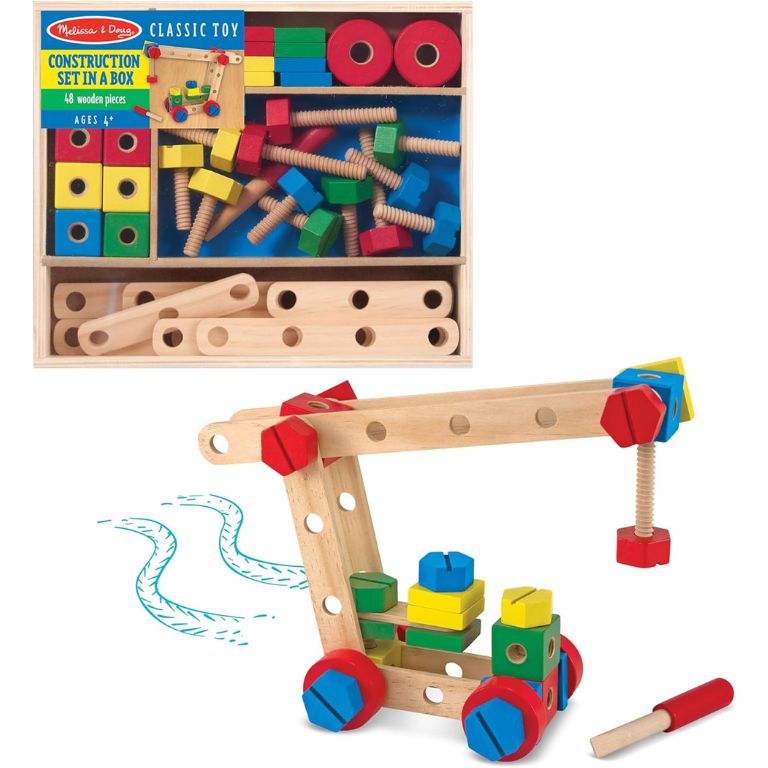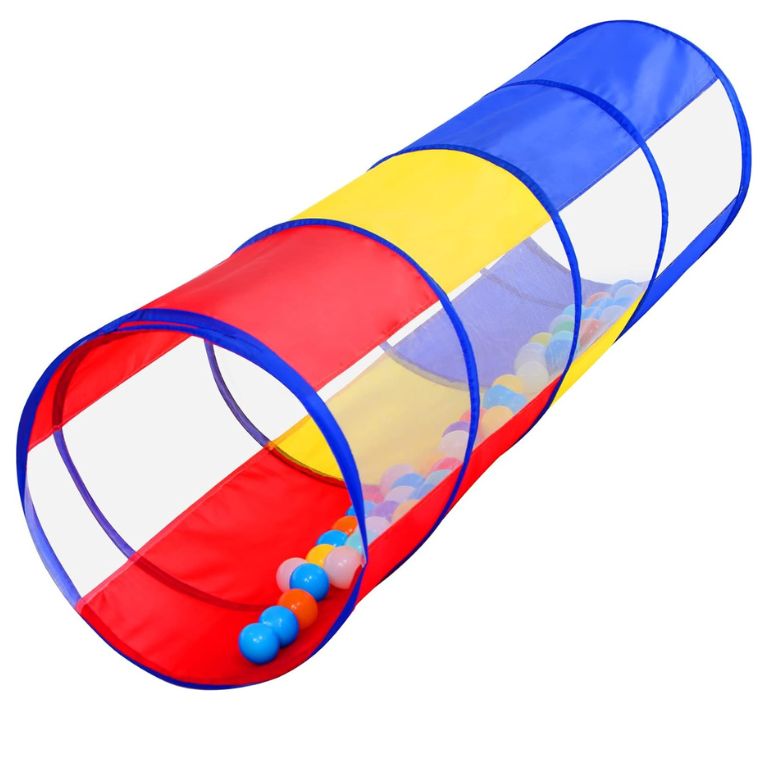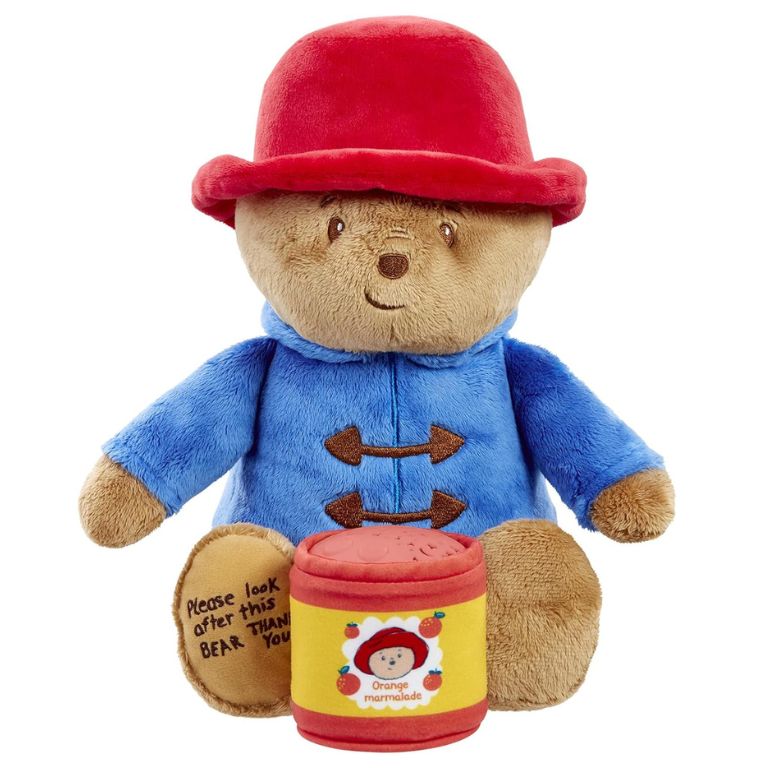Active toys vs passive toys - who really knows the difference? Well, a toy expert does and we get the low down on all the benefits (plus the 6 best buys)
Should we favour active toys over passive toys - and which ones are better for our kids' development?
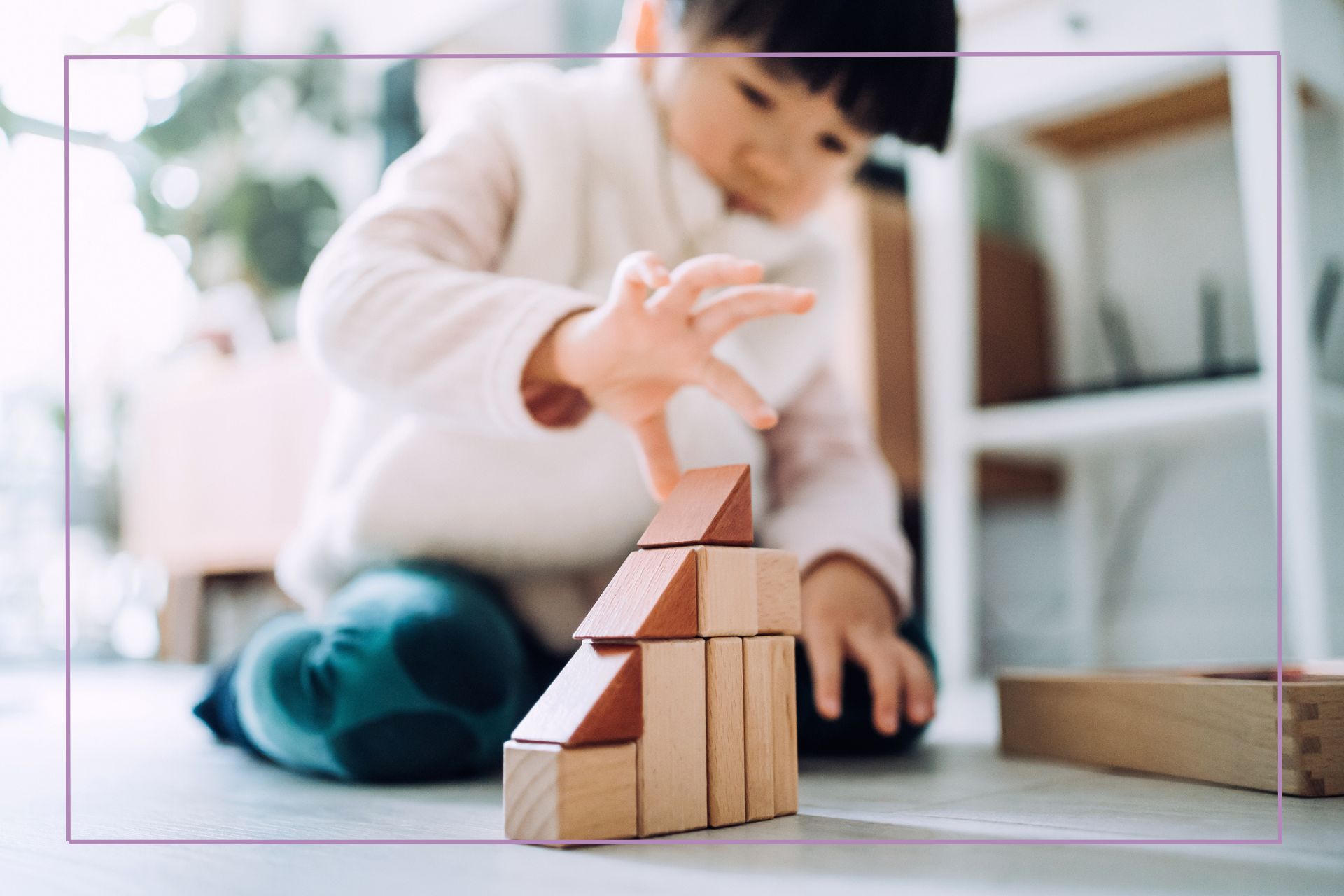
Dr Amanda Gummer
Your kids probably have an array of both active and passive toys - but what does that actually mean? And, can both types of toys play a part in our kids’ healthy mental and physical development? Let's ask the expert...
The more the toy does, the less your child has to do, and the less the toy does, the more your child has to do. Active toys, such as outdoor toys, encourage physical activity, while others, such as construction sets or play dough, encourage problem-solving, creativity, and imagination. Passive toys (think tablets, iPads, and those activity boards that sing and light up at the push of a button) may have lots of educational value, but they may not stimulate the same level of interaction and creativity as active toys. Toys for babies around 6 months old can be largely passive but are still valuable for your baby's development. Some of the best toys of 2023 are active or passive, and sometimes, they’re both.
The bottom line is that there’s room for active and passive toys when it comes to playing, and each group has its benefits. "My children have opposite preferences," says Lauren, mum to two kids aged 11 and 14. "My son prefers active play like riding his bike or playing football. My daughter, on the other hand, loves passive activities such as reading and drawing. It's important to cater to both preferences and encourage a healthy balance." In this article, we'll look at the difference between the two, giving you a head start on offering your kids the best playtime possible.
Active toys vs passive toys
"Active toys are designed to engage children physically and mentally, encouraging movement, exploration, and interaction,” says play expert and founder of Good Play Guide, Dr Amanda Gummer. “These toys often require the child's active participation, promoting the development of motor skills, coordination, and cognitive abilities. Active play is not only enjoyable for children but also crucial for their physical and cognitive development.”
According to Dr Gummer, active toys require problem-solving, strategic thinking, and decision-making. They also lend themselves to group play, helping your child develop social skills and teamwork, and improving their communication.
“Passive toys typically don't require much physical activity or interaction. While some passive toys can have educational value, they may not stimulate the same level of physical activity or creative engagement as active toys.”

Amanda has a PhD in Neuropsychology, the Postgraduate Certificate in Higher Education and over 20 years’ experience working with children and families.
Top three active toys
Active toys that need the child's interaction to move, like balls, jump ropes, and scooters get kids moving, which promotes healthy physical development and fitness. They also aid coordination and balance while allowing kids to expend energy, potentially improving focus when it's time to settle down. Here are some examples of active toys as recommended by Dr Amanda Gummer:
GoodtoKnow Newsletter
Parenting advice, hot topics, best buys and family finance tips delivered straight to your inbox.
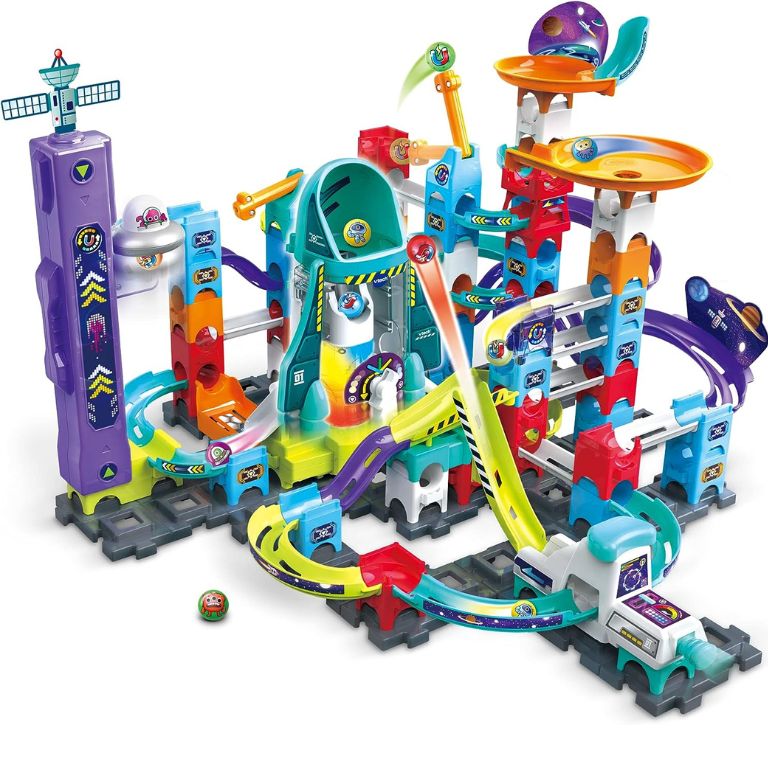
As recommended by Dr Amanda Gummer, this interactive space-themed play set is easy-to-build and will entertain and keep your kids engaged for longer than five minutes.
Top 3 passive toys
Passive toys like teddies, iPads and sticker sets allow children to spark their imagination and creativity through calm, engagement. These toys build focus, problem-solving, fine motor skills, and social-emotional intelligence. Giving kids enough time to enjoy active and relaxed play helps them develop all parts of themselves. Here are some examples of passive toys:
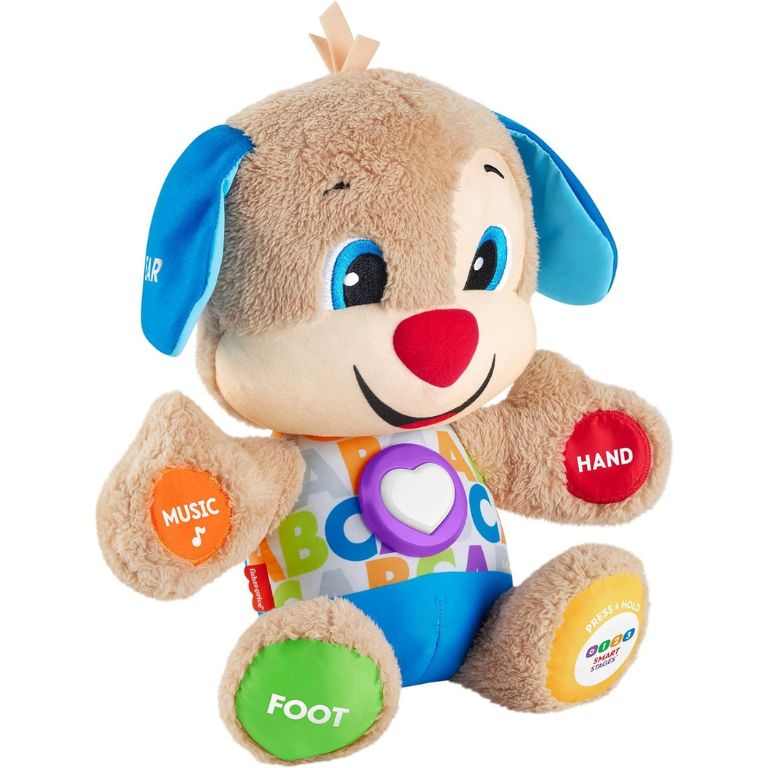
Interactive and light up, this cuddly toy encourages little ones to squeeze, press and play for lights and music - helping with fine motor skills.
So, we need to buy more active toys for our kids than passive toys, right? Not at all, says Dr Gummer. “Passive toys, such as puzzles or art supplies, can provide a calm play experience for children who need a break from high-energy activities or for quiet, focused play. Educational games or books help with literacy, numeracy, and other cognitive skills without the need for intense physical activity. Plus, they often allow for more independent play, encouraging children to entertain themselves, develop self-regulation, and foster a sense of autonomy.”
In other words, there’s loads of room for both active and passive toys in our kids’ playtime. Katie, mum to two kids aged 5 and 4, agrees kids need both at different times. “We have a mixture of active and passive toys. Both of my children play with both types. I would say that the active toys take up a lot of energy and are fantastic for imaginative play. They are also great for getting them to play together, which I love. However, when they become tired after playing with active toys or at the end of a busy day, the passive toys are great for quiet time and calming down, but they are mostly solitary toys.”
Mum Jessica says, "We find it essential for our kids' mental and physical health to incorporate active and passive play into their day. A couple of our favourite toys are Storypod and Toniebox, which are kids' audio players that provide music, stories, and some active movement encouragement."
Wondering how you can help your child develop further during play? Check out why sensory play is fun for all age groups and discover what a tuff tray is and how to create one. Plus, the best baby gyms for 2024 to get your newborn's playing skills off to a great start.
Joanne Lewsley is mum to a tween, and freelance copywriter and editor who creates parenting, health and lifestyle content for evidence-based websites, including BabyCentre, Live Science, Medical News Today and more.
- Dr Amanda GummerChild development expert
